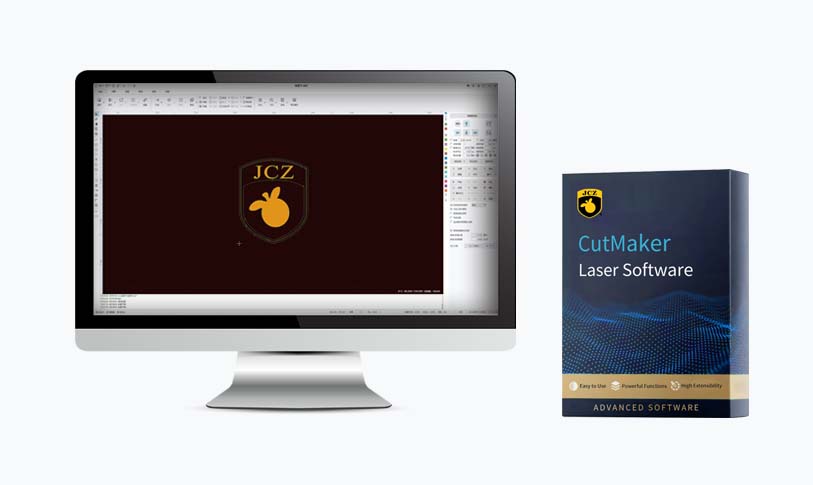Laser marking fiber technology has revolutionized the manufacturing and production processes across multiple industries by providing highly precise, efficient, and permanent marking solutions. This innovative technology utilizes fibers to produce laser beams that can etch designs, logos, barcodes, and text onto a multitude of materials. As businesses continuously seek ways to enhance their operational efficiencies and improve product traceability, laser marking fiber has become a fundamental tool that caters to these needs.
Understanding Laser Marking Fiber Technology

Exploring the Revolutionary Applications and Benefits of Laser Marking Fiber Technology Across Various Industries
Laser marking fiber technology operates on the principles of photonics, using a fiber laser to create high-intensity beams of light that can precisely mark surfaces with minimal thermal impact. Unlike traditional engraving methods, which can be slow and may damage the material, fiber lasers provide rapid marking capabilities while preserving the integrity of the product being marked.
The technology is particularly notable for its versatility, as it can mark a variety of materials including metals, plastics, ceramics, and even glass. This capability makes it suitable for numerous applications ranging from industrial parts to consumer goods.
Advantages of Laser Marking Fiber
1. **Precision and Quality**: One of the standout benefits of laser marking fiber is its ability to produce high-quality, detailed markings. The fine focus of laser beams allows for intricate designs and can produce clear, readable text as small as a few microns.
2. **Durability**: Laser marking creates permanent marks that are resistant to wear, fading, and corrosion, making it an ideal solution for products that need long-lasting identification. This is particularly important for items that are subjected to harsh environments, such as aerospace components or automotive parts.
3. **Speed and Efficiency**: In comparison with conventional marking methods, fiber laser marking is significantly faster. The speed at which markings can be executed means that production lines can increase throughput without sacrificing quality.
4. **Minimal Material Damage**: The non-contact nature of laser marking minimizes the risk of damaging the material being marked. Unlike mechanical engraving processes that remove material, laser marking often just alters the surface, preserving the overall structure of the product.

Exploring the Revolutionary Applications and Benefits of Laser Marking Fiber Technology Across Various Industries
5. **Environmentally Friendly**: Fiber laser marking is considered a greener alternative as it does not require chemicals and produces minimal waste. The system typically consumes less energy compared to conventional marking technologies.
Applications Across Industries
The versatility of laser marking fiber technology has led to its adoption in various sectors:
– **Manufacturing**: In industrial settings, laser marking is utilized to ensure parts identification and traceability. Serial numbers and barcodes can be marked directly onto components, facilitating inventory management and quality control.
– **Electronics**: Manufacturers in the electronics industry employ laser marking for microchips and circuit boards. This ensures that components can be traced back throughout the supply chain, which is vital for compliance with regulations.

Exploring the Revolutionary Applications and Benefits of Laser Marking Fiber Technology Across Various Industries
– **Medical**: The medical industry heavily relies on reliable tracing of surgical instruments and devices. Laser marking can ensure that critical information like production dates and serial numbers are marked in a way that withstands sterilization processes.
– **Consumer Goods**: In the retail sector, product branding is crucial. Laser marking allows for the permanent branding of logos and product information on items, such as watches, jewelry, and household items, enhancing brand visibility and reducing counterfeiting risks.
Conclusion
As industries evolve and the demand for quality and efficiency increases, laser marking fiber technology stands out as a key player in transforming marking and engraving processes. Its precision, durability, and adaptability make it an indispensable tool across various applications. From enhancing product traceability to improving production line speeds, the benefits of adopting laser marking fiber technology are evident, solidifying its place in the future of industrial marking and engraving practices. With continuous advancements in laser technology, the possibilities are limitless, offering manufacturers innovative solutions to meet the challenges of an ever-changing marketplace.fiber laser software




